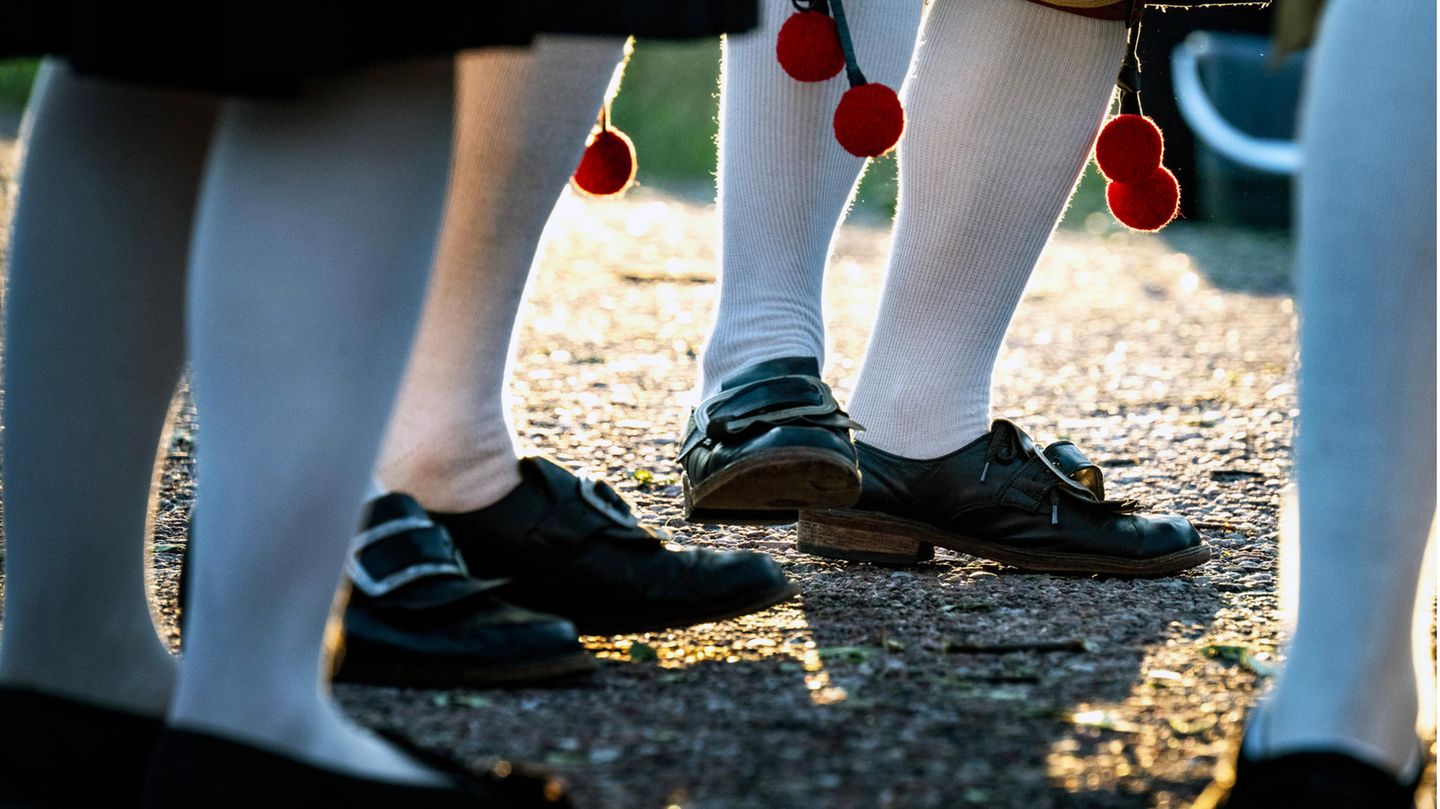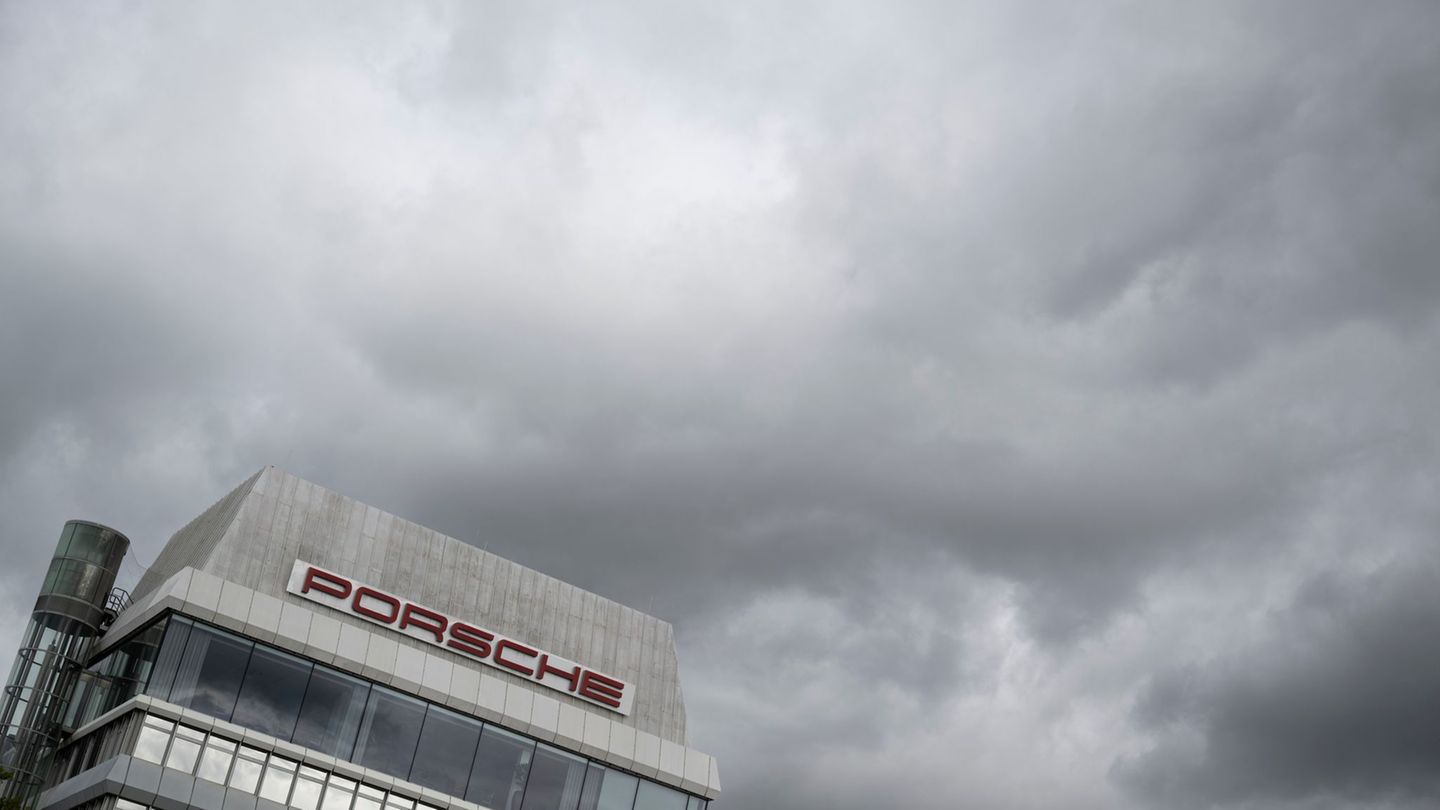The Ministry of the Interior bans the “species community”. The group is one of the oldest right-wing extremist clubs in Germany. To the outside world it presents itself as a pagan religious community. But behind it there is nothing less than National Socialist racial theory.
Just a week after the raids against the neo-Nazi network “Hammerskins”, Federal Interior Minister Nancy Faeser banned another right-wing extremist movement: In the morning, police forces searched more than 20 apartments in twelve federal states. The target of the searches was the association “Artgemeinschaft – Germanic Religious Community of Essential Life Design eV.” As with the “Hammerskins,” the Interior Ministry justified the ban by saying that the association violated “the constitutional order and the idea of international understanding.” The ministry is not only looking at right-wing radical comrades, but also ethnic associations such as the “Artgemeinschaft”.
Kitsch, customs, ethnic ideology: What is the “species community”?
The “Artgemeinschaft – Germanic Religious Community for an Essential Way of Living” is one of the ethnic-pagan settlement movements. It was founded in 1951 by former Nazi Wilhelm Kusserow and has been a registered association since 1957. The community and its members deliberately presented themselves as traditional to the outside world. At regular meetings participants were seen in traditional costumes or robes. However, the “species community” represents a deeply racist worldview and presents itself as pseudo-religious.
The ideology of the “species community” is based on a mixture of Nordic-Germanic mythology, pagan customs and National Socialist racial theory. For decades it tried to be recognized externally as a neo-pagan “religious community”. The Ministry of the Interior counts almost 150 people among its members. Their circle is estimated at 250 to 300 people.
Basically, the community saw itself as an ethnic elite whose task was to ensure “preservation, unification and increase of the Germanic way”. For this reason, members of the movement were encouraged to have as many children as possible.
They strengthened their community and ideology through recurring celebrations, which were mostly based on Nordic customs. The organization uploaded videos of summer solstice festivals to YouTube, among other things.
The world tree “Irminsul” was considered a symbol of recognition. According to the Federal Agency for Civic Education, this counter-symbol to the Christian cross was used by SS genealogists during National Socialism.
Traditional on the outside, deeply racist on the inside
The “species community” rarely appeared in public. Their meetings mostly took place in rural areas and in private settings. The few images that reached the outside seemed happy and friendly at first glance. However, the community used its customs and pseudo-religious veneer to justify and continue its racist ideology.
In their “Creed” it says, “Struggle is part of life; it is naturally necessary for all becoming, being and passing away.” The “moral law” written for the group by its interim leader, the neo-Nazi Jürgen Rieger, is even clearer. It calls for “defense to the point of mortal contempt against every enemy of the family, clan, country, people, Germanic way and Germanic faith.”
Ban on the “species community”
Faeser’s double blow against the right: These Nazi associations are banned in Germany
To finance itself, the community built a cult around its ideology. She published the “Nordic Newspaper,” which covered Germanic customs and pagan-religious topics. Often with clearly anti-Semitic codes.
In addition, a number of families with large children support the group with donations or membership fees. Another source of money was our own mail order business, where members or supporters could buy accessories. Brochures with titles such as “German table sayings for clans and communities” and hand-embroidered sayings such as “German also in faith” were sold here.
Central hub for neo-Nazi networks in Germany
In addition to connections to like-minded people in Scandinavia, France and Italy, members of the “Artgemeinschaft” were also deeply involved in the structures of the organized neo-Nazi scene in Germany. After the death of founder Kusserow, neo-Nazi and NPD cadre Rieger took over the helm in 1989. Until his death in 2009, he headed the association, which is now considered one of the oldest right-wing extremist organizations in Germany. Most recently, the ex-NPD man Jens B. from Saxony-Anhalt is said to have been the leader of the “Artgemeinschaft”.
As early as 2012, the police searched the group’s supporters using a GSG-9 operation. Connections to the neo-Nazi “European Action” became clear. In addition, several members or ex-members of the “Artgemeinschaft” were connected to relevant associations such as the “Heimattreuen Deutschen Jugend” and the NPD “Education Center for Homeland and National Identity”.
Supporters of the “National Socialist Underground” (NSU), such as Ralf Wohlleben, who was sentenced to ten years in prison in the NSU trial for aiding and abetting murder, also moved in “Artgemeinschaft” circles. B. even gave him shelter on his farm for a time.
The group’s best-known supporter was Stephan Ernst, who shot CDU politician Walter Lübcke in 2019. As “Der Spiegel” reports, Ernst’s name was on an internal member list of the group, but with the note “no more payment.” From when until when Ernst was a member of the “species community” is unclear.
How close the connections are between “Artgemeinschaft”, neo-Nazi structures and right-wing movements became clear at the “Querdenker” demonstration on November 18, 2020. Photos from the anti-fascist research portal “Exif” showed “Artgemeinschaft” leader B., among others, in conversation with “Hammerskin” Thomas G.
The “Artgemeinschaft” has the right to sue the Federal Administrative Court against the Ministry of the Interior’s ban.
Sources:,
Source: Stern
I have been working in the news industry for over 6 years, first as a reporter and now as an editor. I have covered politics extensively, and my work has appeared in major newspapers and online news outlets around the world. In addition to my writing, I also contribute regularly to 24 Hours World.




